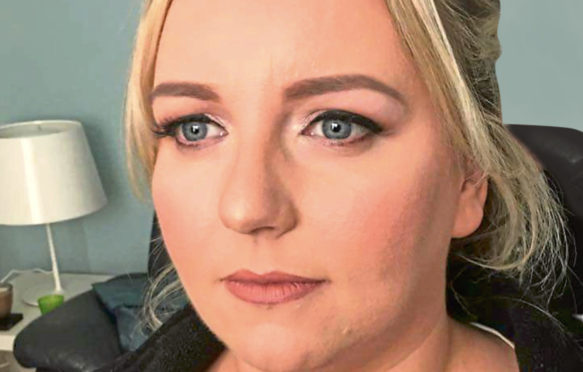
Campaigners have urged the Scottish Government to halt use of all medical mesh after warning up to one in 10 hernia patients suffers chronic pain linked to implants.
Medical mesh is made from the same plastic polypropylene as the pelvic mesh implants that have been suspended from use in Scotland for prolapse and bladder treatment for women.
Now campaigners say its use in breast reconstruction, gallbladder surgery and other internal procedures, must cease until there is a full inquiry.
Roseanna Clarkin, 37, from Clydebank, suffered life-changing injuries when she was given a plastic polypropylene mesh to fix a hernia almost six years ago. The mum of three said: “I’m now so ill. I’m unable to work and my husband and family have to care for me, all because of plastic mesh.
“I’d been told by the surgeon treating me he was only going to use a natural repair but, after years of agonising pain and developing other major side-effects, I asked for my medical records and discovered he’d used polypropylene mesh instead.”
Mesh campaigner Elaine Holmes said: “It’s clear from the devastating complications so many mesh patients have suffered, the government must insist safer alternatives are used rather than continue putting so many at risk.”
The Scottish Government said: “Medical directors have been asked to ensure clinicians offer patients all valid options for surgery and obtain the patient’s fully informed consent and that patients who report complications must be taken seriously and their concerns acted upon.”

Enjoy the convenience of having The Sunday Post delivered as a digital ePaper straight to your smartphone, tablet or computer.
Subscribe for only £5.49 a month and enjoy all the benefits of the printed paper as a digital replica.
Subscribe